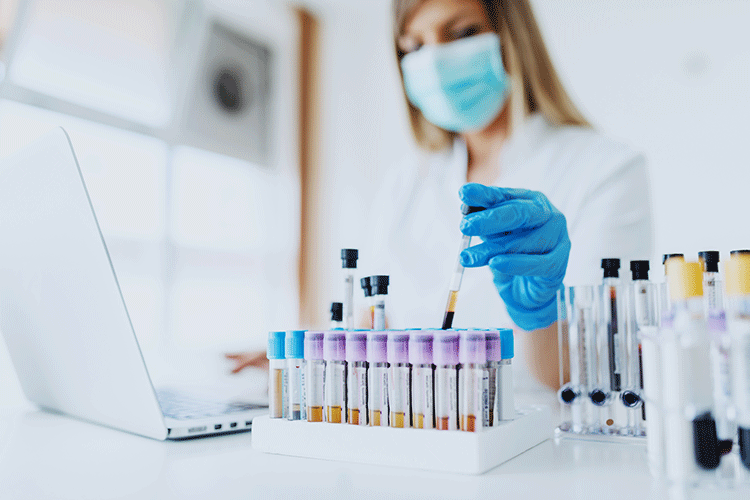
There have been numerous reported cures for HIV. And numerous instances of HIV/AIDS patients being certified clear of the virus after undergoing various treatment modalities since the turn of the 20th century. Allogeneic (non-self) hematopoietic stem cell transplantation (HSCT), a procedure that involves swapping a patient’s blood-forming cells for those from a donor to treat lymphoma, was first performed on an HIV-positive patient in 1989. After the transplant, the patient was discovered to be HIV-negative.
Thank you for reading this post, don't forget to subscribe!Reported cures for HIV
The most well-known example was reported in 2009 in The New England Journal of Medicine. It included a 42-year-old man named Timothy Ray Brown who had been cured of both leukemia and HIV. The patient passed away shortly after from tumor returned.
After receiving a stem cell transplant for acute myeloid leukemia, Brown had his HIV status determined. And he was no longer receiving antiretroviral medication.
His physicians specifically chose a donor whose cells contained a CCR5 gene mutation that made them resistant to HIV. Another person eventually revealed as Adam Castillejo was reportedly cured of HIV infection. This was also done through stem cell transplantation in 2019. Brown was still HIV-free at that time.
Castillejo, who received a stem cell transplant to treat cancer, was still HIV-free in 2020. Two other people with lymphoma who later became known as the “Boston patients” were also reported to have been HIV/AIDS-free through HSCT in 2013. The following year, HIV returned in both Boston patients. And for all of these patients, a permanent cure posed a significant hurdle because of the likelihood that each patient still carried HIV in latent reservoirs. Thus, despite stem cell transplantation, the patients were only “functionally healed,” not completely free of infection.
READ MORE: Diagnosis And Treatment Of AIDS
More cases
A small child’s HIV infection was supposedly healed in 2013 as well.
The mother had not received antiretroviral medication or prenatal care. She gave birth to the kid prematurely in a hospital in Mississippi. She was tested for HIV during labor, and the results showed that she was HIV positive. Her doctors immediately transported the infant to the University of Mississippi Medical Center, where it was given three antiretroviral medications just 30 hours after delivery before tests indicated HIV infection. In such a situation, the standard procedure would have been to administer a preventive prescription of one or two medications over the course of a few days. The infant’s viral load decreased, and after a month the virus vanished completely. The report of a cure turned out to be untrue in 2014.







